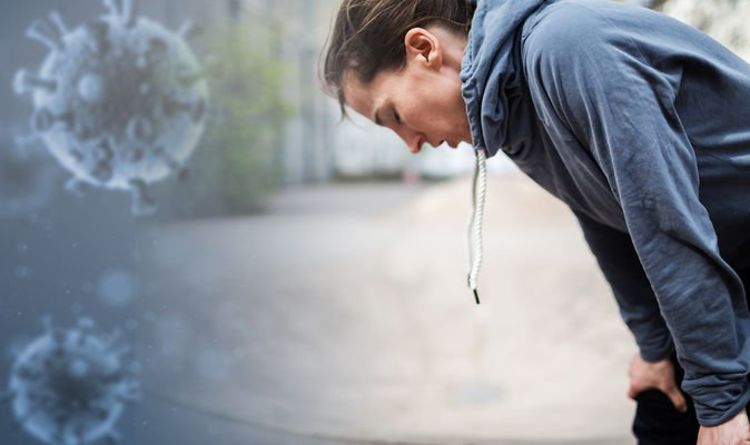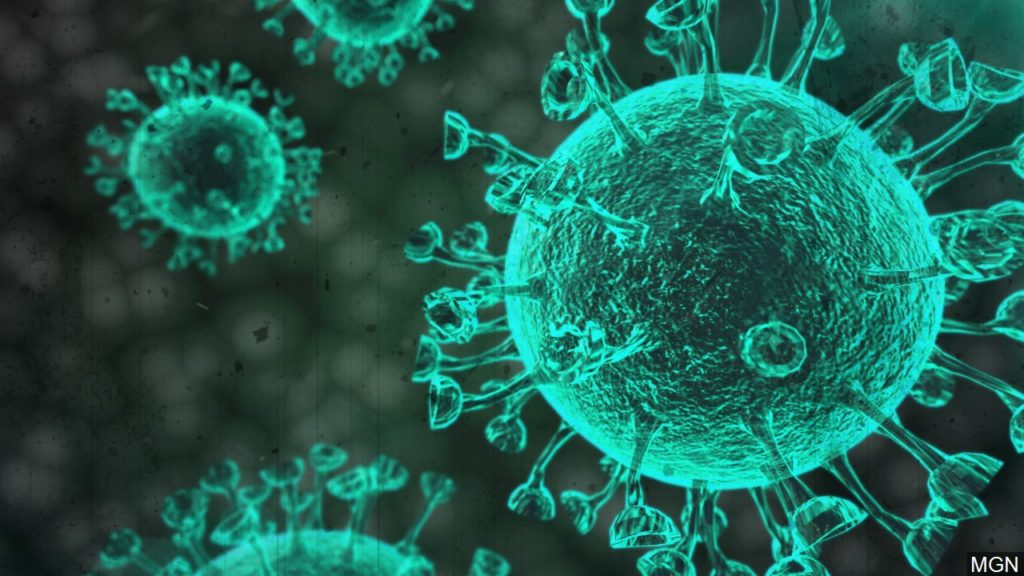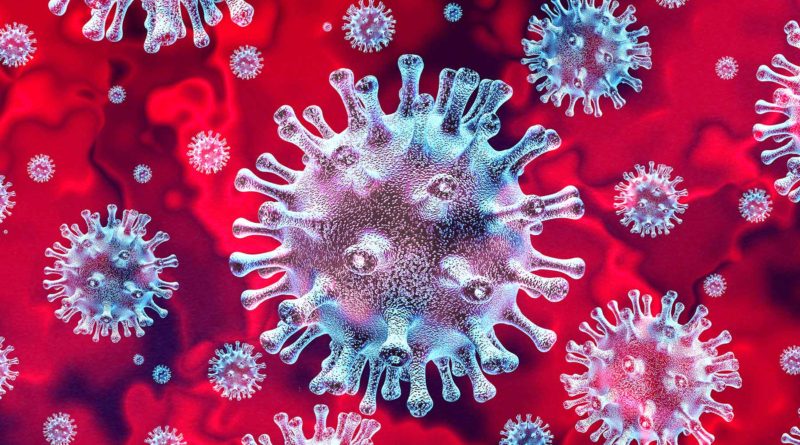Key Differences: Corona Virus vs Common Cold
Well, to be honest, we all are scared even if we catch any symptom of the common cold nowadays. India is a land of seasons and seasonal changes occur almost every 2-3 months. As we are welcoming monsoon in various parts of the country, seasonal changes are common. Every year these seasonal changes bring viral infections, common cold, and flu e.t.c. Though this time around it’s a little different. The problem lies in the fact that many features of common cold overlap with those of Covid-19. So, the question remains. How to differentiate between coronavirus and common cold. The epidemic is severe but we should be fully aware of the facts of COVID 19, then only we can fight the disease.
Here are some key differences which will help you spot the difference between coronavirus and common cold.
Symptoms

Both coronavirus and common cold have almost similar symptoms which overlap with each other. Fever, sore throat, running nose, cough, sneezing all of them are common in both the infections. Although some symptoms such as loss of taste or smell, and in severe cases shortness of breath or difficulty in breathing. The table below summarises the major symptomatic difference between the coronavirus and common cold.
| SYMPTOMS | COMMON COLD | CORONAVIRUS |
| Fever | Rare | Common |
| Headache | Rare | Can be present |
| Body-ache | Slight | Can be present |
| Fatigue/Weakness | Mild | Can be present |
| Extreme Exhaustion | Never | Can be present |
| Stuffy Nose | Common | Has been reported |
| Sneezing | Usual | Has been reported |
| Sore Throat | Common | Has been reported |
| Cough | Mild to Moderate | Common |
| Shortness of Breath | Rare | Common for severe cases |
| Diarrhoea | Rare | Has been reported |
| Watery eyes | Common | Has been reported |
Source of Information – WHO,CDC,Webmd,Medicinenet
Therefore, dry cough and shortness of breath are two major symptoms which helps us find the difference between coronavirus and common cold.
Incubation period

This is the time period after which symptoms occur when you catch the disease. In both cases, it takes more than 1 day to show the symptoms.
Coronavirus
It generally takes up to an average of 5 days but can be as early as 2 days and as late as 14 days after getting infected with Covid-19. Though, in some cases, symptoms took 28 days or even more but that was an exception. The incubation period according to WHO is 5-6days.
Common Cold
Common cold or flu generally takes around 1 to 4 days to show the symptoms. The incubation period according to WHO is 3 days.
Time taken to spread/How long can someone spread the virus
Coronavirus
Although, this is under research and analysis are going on, yet a person can spread the virus two days before showing symptoms and remain contagious for around 10 days.
Common Cold
In case of flu or common cold people can be contagious 1 day before being symptomatic and 3-4 days of illness. Though they can remain contagious up to 7 days, even after they get well.
How it spreads

Coronavirus
It spreads through air droplets of an infected person or coming in physical contact(within 6ft) with them. It can also be spread by coming on contact with objects or surfaces that contain the virus and then touching face, nose, or mouth, or possibly eyes. In recent research results though, WHO has confirmed the airborne transmission of the virus.
Common Cold
It also follows the similar modes of transmission which includes coming in physical contact – shaking hands, sneezing e.t.c
High-risk age groups
Coronavirus
The Covid-19 has affected all age groups, but kids or the elderly, people with underlying medical conditions, and pregnant women are more vulnerable. These are the categories with the highest risk, with no particular age group at zero risks. School children are at a higher risk of getting infected by MIS(Multisystem Inflammatory Syndrome) which is a rare but severe complication of COVID-19.
Common Cold
The flu or influenza generally affects all age groups, though it is more easily caught by children and people with a low immune system.
Mortality Rate
Coronavirus
Although it will take some time to analyze the morbidity rate, yet the initial data show a crude death rate(the number of reported deaths divided by the reported cases) of around 3-4% globally. The infection mortality rate is expected to be lower.
Common Cold
The season flu especially has a very low death rate of around 0.1% and that too due to severe complications from flu that trigger a bigger problem.
Further complications
Common Cold
It has almost similar complications as of common cold which includes the following :
- Pneumonia
- Respiration problems
- Cardiac injury (e.g. heart attacks and stroke)
- Multiple-organ failure
- Worsening of chronic medical conditions
- Inflammation of the heart, brain or muscle tissues
- Secondary bacterial infections (i.e. infections that occur in people who have already been infected with flu or COVID-19)
Source – CDC, WHO
Coronavirus
Apart from above-mentioned complications some of the other severe complications includes:
- Clotting of blood in veins and arteries in parts of the brain and leg
- MIS in children
There are many aspects in which coronavirus and common cold have similar features. The mode of spread, most of the symptoms are similar. Despite those facts, there are minute differences that have been pointed out above. Although the information stated above are subject to changes after further research takes place and all the information cited is in accordance with WHO & CDC.
We hope that the pandemic ends soon with the development of the vaccine. The virus has serious implications on mental health as well mostly in the form of mental trauma and depression. Although, life won’t be exactly the same as it was before, yet we can spread love and happiness to make the world a happier place to live in. Stay safe! Stay home, be aware, and take all the precautions and follow the government guidelines.
For more detailed information, you can visit the WHO website by clicking here.




